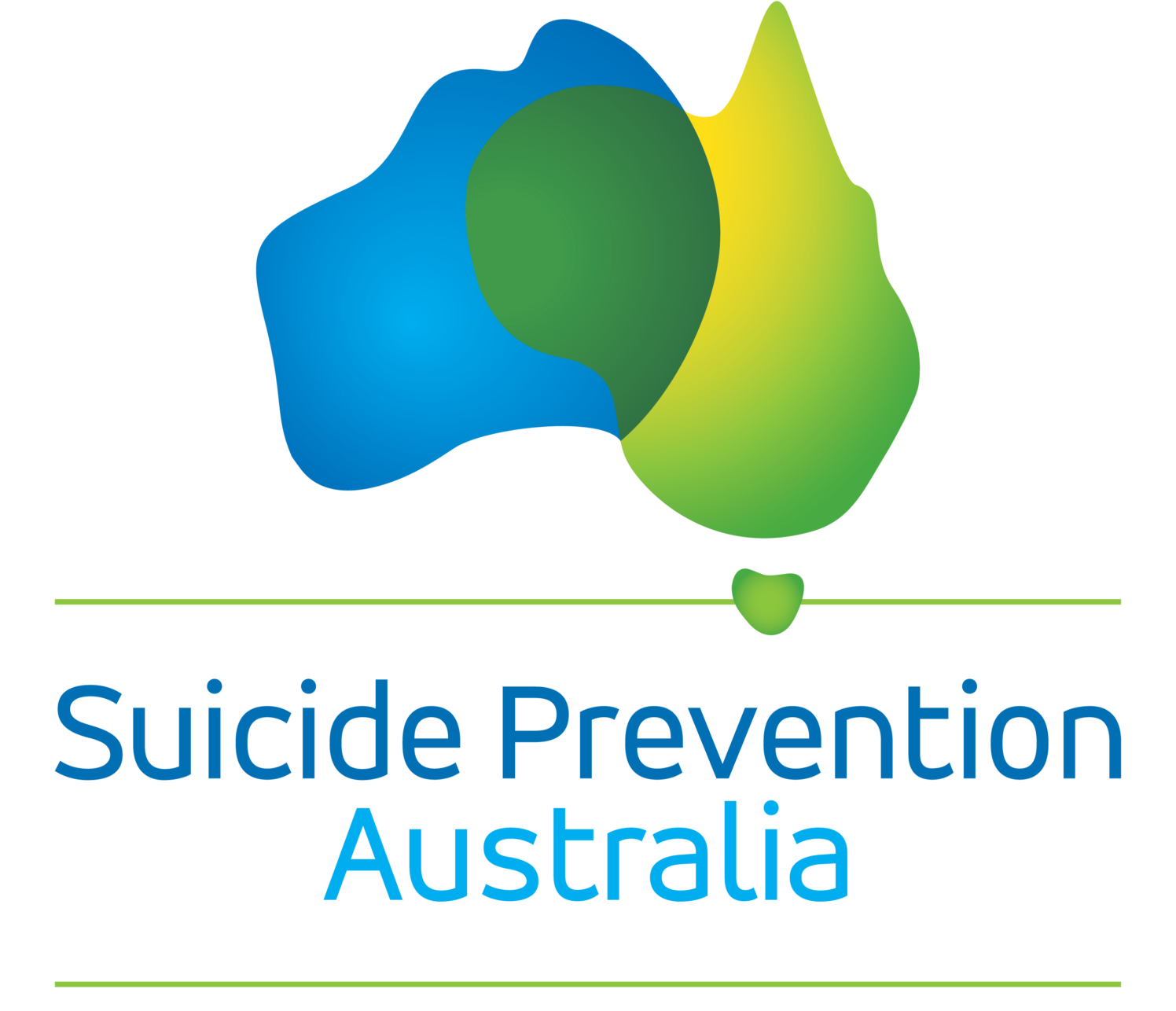Recognize the impact of Suicide and distinguish between myths and facts; Apply Motivational Interviewing communication skills in suicide prevention; Examine Recovery Oriented practice; Identify risk factors, warning signs, protective factors and life stressors in suicide prevention; Practice OARS skills to connect with person at risk.
Aug
08
